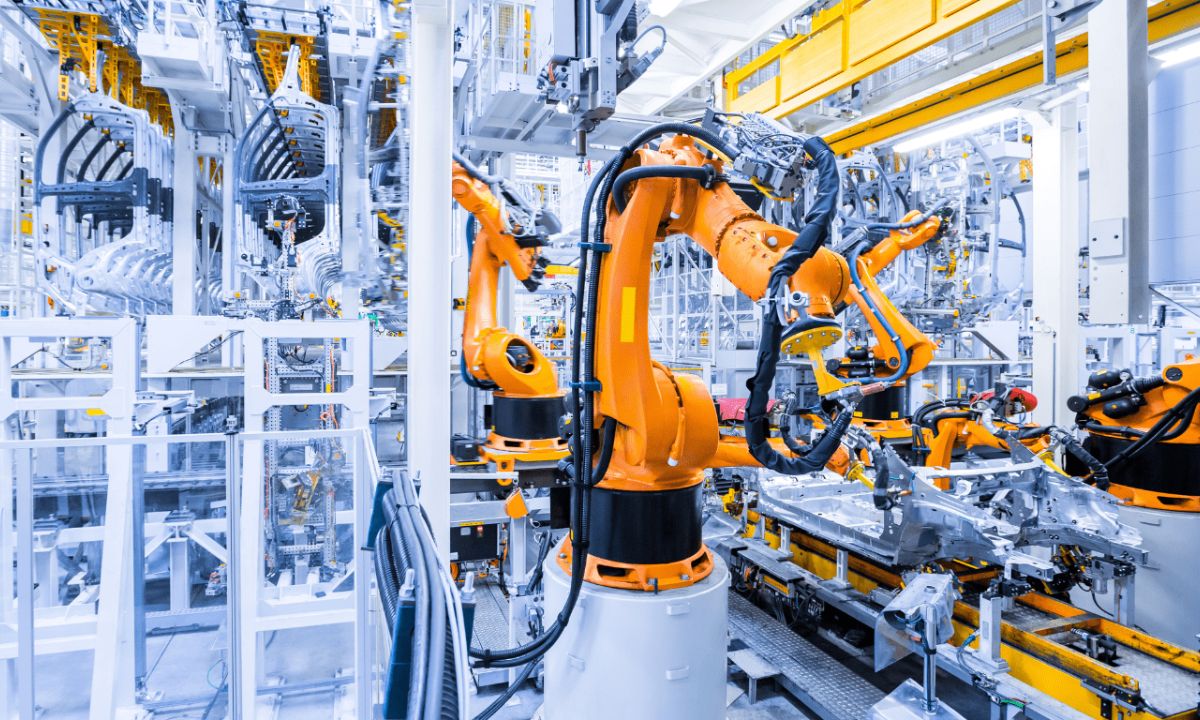In today’s rapidly changing world of digital organizations, new terms and concepts are often coined to explain emerging structures or movements. One such term gaining attention is “crew disquantified org.” This concept might sound unfamiliar at first, but it holds the potential to redefine how we view modern organizations, teams, and collaboration. In this article, we will break down the meaning behind “crew disquantified org,” its significance, and the potential impact it could have on the future of work.
What Does “Crew Disquantified Org” Mean?
To understand the term “crew disquantified org,” we need to examine its components. The word “crew” generally refers to a group of people working together toward a shared goal or purpose. A “crew” can exist in various contexts, such as film production teams, corporate teams, or even smaller collective endeavors like community projects. The term typically implies a sense of camaraderie and coordination among its members.
“Disquantified,” on the other hand, is a more abstract concept. The term seems to refer to the idea of “disrupting” or moving away from traditional quantifiable structures. In many traditional organizations, success, productivity, and performance are measured in quantitative terms – numbers, KPIs, and metrics that can often be rigid and limiting. The concept of “disquantified” suggests breaking free from these constraints, shifting toward more qualitative, flexible, and creative ways of working.
Lastly, “org” is simply shorthand for organization, and in this case, it refers to an organizational structure that integrates both the “crew” mentality and the “disquantified” approach. A “crew disquantified org” is, therefore, an organization that departs from traditional, rigidly structured formats, focusing instead on collaborative, dynamic work environments that prioritize creativity and adaptability over measurable outcomes.
How Does Crew Disquantified Org Differ from Traditional Organizations?
Traditional organizations often rely heavily on hierarchical structures, clearly defined roles, and a focus on measurable performance outcomes. In such settings, employees are typically assigned specific tasks or objectives that are quantified in terms of time, efficiency, and output. This can create a rigid, compartmentalized work culture where the emphasis is on efficiency and productivity at the cost of individual creativity, collaboration, and innovation.
A crew disquantified org, in contrast, places emphasis on a more fluid and adaptable structure. Roles may not be clearly defined, and the focus is less on metrics and more on achieving collective goals. In these organizations, success is not measured by output alone but by the impact, creativity, and collaborative spirit brought by the team as a whole. Instead of working in silos, members of a crew disquantified org collaborate on a deeper level, leveraging each other’s strengths and ideas in an organic, free-flowing manner.
Another major difference is the removal of traditional reporting lines or rigid expectations. Employees or members of a crew disquantified org may have a more informal relationship with leadership or with one another, reducing hierarchy and encouraging everyone to contribute to decision-making processes. This creates a more horizontal organizational structure, fostering trust and mutual respect across the board.
The Benefits of a Crew Disquantified Org
There are several key advantages associated with adopting the crew disquantified org model. These benefits primarily revolve around increased flexibility, enhanced creativity, and improved team collaboration. Let’s explore each one in detail.
1. Fostering Innovation and Creativity
When employees are not constrained by rigid KPIs and performance metrics, they have more room to think outside the box. Creativity can flow freely when the primary goal is not simply completing a task but pushing boundaries, trying new approaches, and innovating. The absence of rigid quantification allows members of the crew disquantified org to experiment with different methods, explore new ideas, and find unique solutions that would not be possible within a traditional structure.
2. Encouraging Collaboration and Collective Intelligence
A crew disquantified org thrives on collaboration. The breakdown of traditional silos allows individuals to work together more freely, leveraging their unique skill sets and knowledge. With less emphasis on individual performance and more on team success, individuals in these organizations are often more willing to share ideas and work towards common goals. This sense of shared purpose and trust enhances collective intelligence, leading to better problem-solving and more efficient decision-making.
3. Greater Flexibility and Adaptability
One of the biggest challenges for traditional organizations is their resistance to change. The rigidity of roles, responsibilities, and goals can make it difficult to adapt quickly to new circumstances or unexpected challenges. In contrast, a crew disquantified org is inherently more flexible. When the focus is on collaboration and creativity, the organization can pivot and adjust to changing demands or environments without being bogged down by outdated structures or processes.
4. Improved Employee Well-being and Satisfaction
Employees in a crew disquantified org often experience a more fulfilling work life. The focus on collaboration, creativity, and collective success leads to a more supportive work environment. Additionally, the reduced emphasis on individual performance metrics can help alleviate the pressure and stress that often come with traditional work environments. As a result, employees are more likely to experience higher levels of job satisfaction and feel a stronger sense of purpose in their work.
Implementing a Crew Disquantified Org: Key Considerations
While the idea of a crew disquantified org sounds appealing, implementing such a model requires careful planning and a deep commitment to change. Here are some important factors to consider when transitioning to this type of organizational structure:
1. Developing a Clear Vision
Although a crew disquantified org thrives on fluidity, it still requires a clear vision and purpose to guide its efforts. Members of the crew must be united in their overall goals, even if they are working in a flexible, unstructured way. A clear vision helps maintain focus and ensures that everyone is working toward the same objectives, even if the approach is more collaborative and informal.
2. Building Trust and Communication
Trust and open communication are the cornerstones of a successful crew disquantified org. Without a traditional hierarchy, members of the organization must be able to rely on each other and communicate effectively. Transparency and honesty are crucial for creating a positive work culture, where everyone feels comfortable sharing their ideas and perspectives.
3. Nurturing a Culture of Learning and Growth
In a crew disquantified org, there is less emphasis on rigid skills and job descriptions. Instead, the organization values adaptability, learning, and personal growth. As such, it is important for leaders to encourage a culture of continuous learning, where individuals are empowered to develop new skills, take on new challenges, and expand their horizons.
Conclusion: The Future of Work in a Crew Disquantified Org
The concept of a crew disquantified org represents a promising shift in the way we think about organizations and teamwork. As businesses and industries continue to evolve in the face of technological advances, globalization, and changing societal norms, the need for more flexible, creative, and collaborative structures has never been greater.
Organizations that embrace the crew disquantified org model stand to benefit from enhanced innovation, improved team dynamics, and greater adaptability in a fast-changing world. While the transition to this type of structure may not be easy, the potential rewards for both employees and organizations are substantial.
In a world where the future of work is increasingly fluid and decentralized, the crew disquantified org offers an exciting glimpse into the next evolution of how we work, collaborate, and succeed together. By focusing on creativity, collaboration, and adaptability, organizations can build stronger, more resilient teams that are better equipped to tackle the challenges of tomorrow.




